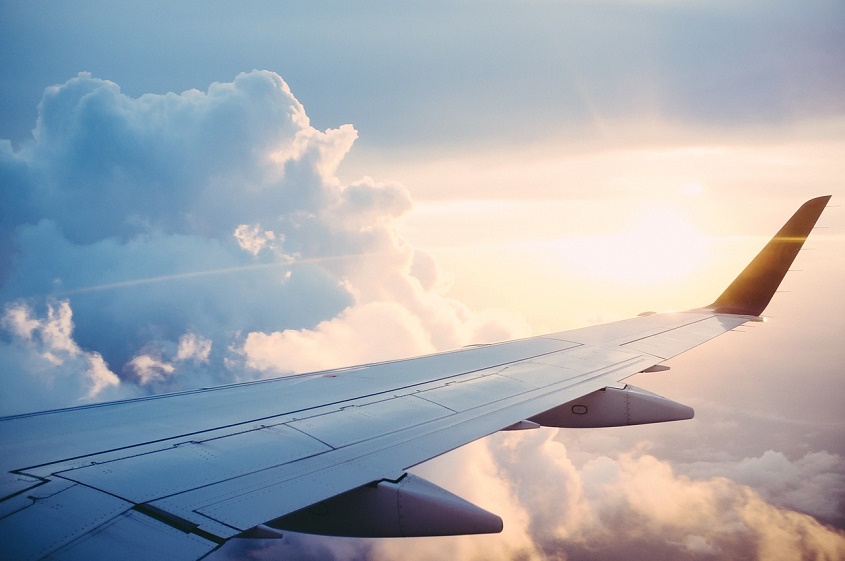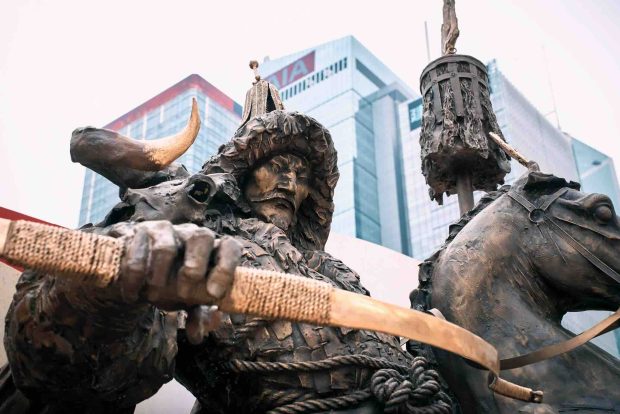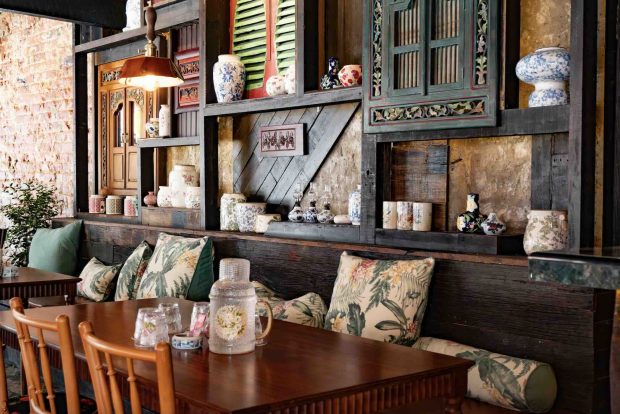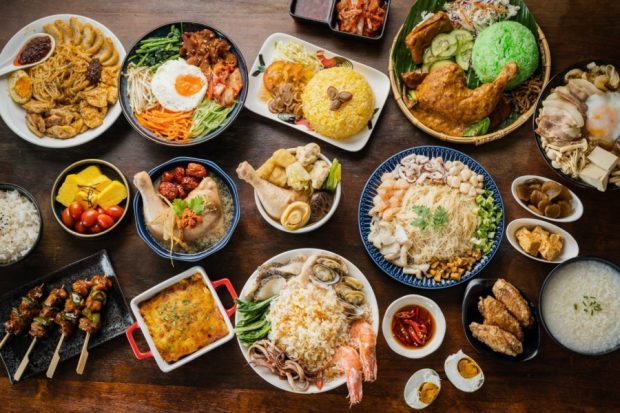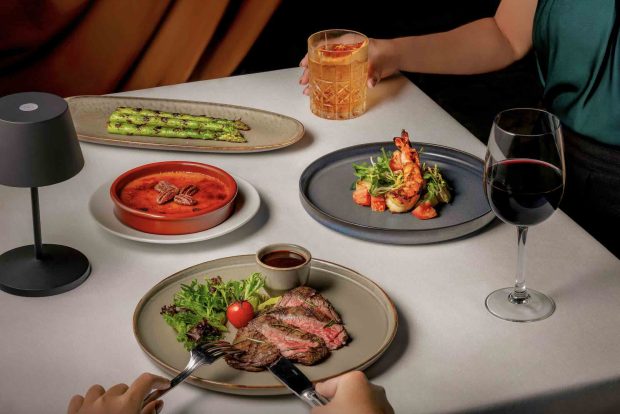Seoul is one of Asia most popular destination. You get to visit some of the top shopping spots, charming historical sites and enjoy bird eyes view of the city skyline from skyscrapers or mountains in the city. Whether you prefer modern architecture or the charm of the royal palaces, there is something for everyone! Seoul is easily accessible via flights from all around the world. Check out the review of Korean Air Business vs First Class if you are still exploring airline options.
To get between attractions within Seoul, tourists and locals are offered with various transportation options.
Buses
Currently, buses are one of the most popular types of transport in the Korean capital. There are four categories of buses which you can differentiate based on colours – Green, Blue, Yellow, and Red. These colours indicate the route of buses. Yellow buses go to the Downtown area. Blue buses circulate between suburbs to downtown of Seoul. Green buses move within a district neighbourhood, subway lines, bus terminals and residential areas while red buses operate as express buses.
In total, there are around 200 bus routes in the capital city of Korea. This transportation means is not exposed to traffic congestions, since they move across the specially designated lanes. Bus services can be paid in cash or by transport card is also known as T-Card. Bus ticket includes a free transfer to other routes. However, this option is not available if you pay in cash.
Seoul Subway
The passenger traffic is Seoul Subway is one of the largest in Asia. It consists of nine major subway lines including two railway lines Jungang Line and Bundang Line. The lines have different colours and numbers. For tourists convenience, the names of stations are written in both English and Korean. The transfer stations are also equipped with signs in English.
Similar to buses, subway services can be paid via T-Card. Single-use transport card is available in special ticket vending machines. An important note is that you should put your T-Card to card-reader when entering and leaving a transportation means. This requirement is associated with a peculiarity of the payment system. The fare in Seoul public transport depends on the distance covered and is calculated as follows: basic fare within 10 km is 1250 KRW; additional fare is 100 KRW per each 5 km within 50 km and per each 8 km if you exceed 50 km of total distance.
T-Cards
The most popular transport card is T-money. It is available for purchase in any store, booth or ticket office. Using this card is intended for all types of transport and it costs cheaper than payment in cash. The card can be refilled with money and the remaining balance on T-money can be withdrawn.
Seoul City Pass is another T-Card for guests and citizens of Seoul. It has three categories intended for 20 trips within one, two and three days. Seoul City Pass Plus is a card that combines the functions of T-money and Seoul City Pass. It provides discounts for visiting the major sights of Seoul.
M-Pass Card or Metropolitan Pass are intended to pay for public transport services in Seoul and suburbs, as well as Jeju. This card can be used on all subway lines, AREX trains except for direct expresses, green and blue buses. Besides, some taxis and stores also support M-Pass Card.
As you see, the transportation system in Seoul is quite developed that makes no complications for tourists moving about the city. You should also find out when is the seasonal forecast in Seoul, South Korea. Avoid the rainy season, and visit when it’s nice and warm. Depending on the weather, some tourist attractions may be better than others.

